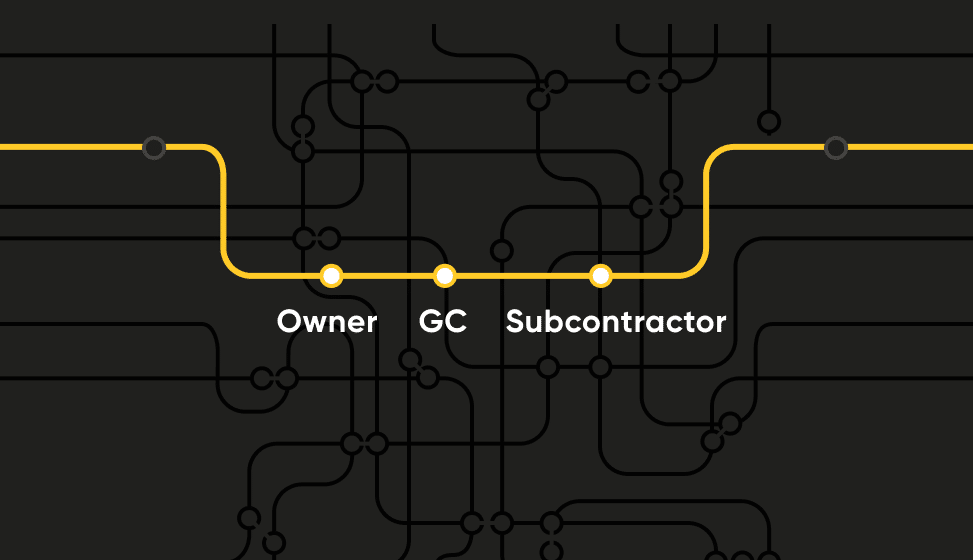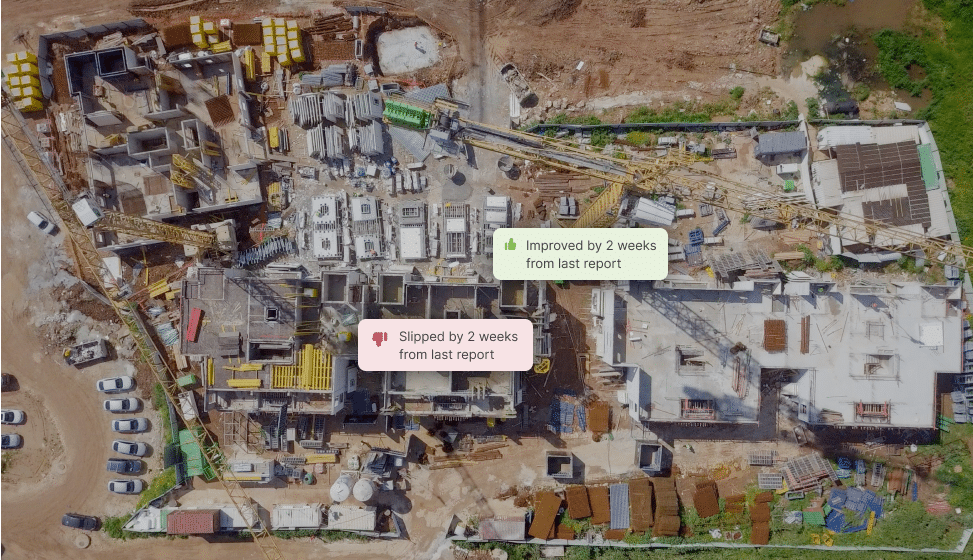Moneyball Metrics: A Game Plan For Performance-Driven Construction

Touchdown and Fitout? Blueprint and Homerun? What does playing baseball have to do with construction?
It was 2002, and the Oakland Athletics baseball team was making history. Despite a limited budget and a roster of lesser-known players, the team was competing with the giants of Major League Baseball. The secret behind their remarkable success? The innovative leadership and performance-driven mindset of their general manager, Billy Beane.
Beane, later played by Brad Pitt in the critically acclaimed 2011 film Moneyball, based on a book by Michael Lewis. Beane revolutionised the way baseball teams were managed by focusing on objective data and advanced statistics, known as sabermetrics.
Intuition Is Important, Knowledge Is Better
Beane meticulously analysed every aspect of the game, using data and insights to identify undervalued players and create winning strategies. Metrics such as on-base percentage and slugging percentage, which were not commonly used by traditional scouts, became key factors in Beane’s decision-making process. His methods challenged the subjective nature of traditional scouting and paved the way for a new era in baseball management, inspiring leaders across various fields and industries today.
For decades, performance-driven management has been transforming a diverse range of fields, including manufacturing, marketing, and others, by redefining how success is measured and achieved. The question remains: why has construction not fully embraced this paradigm shift?
“Billy Beane meticulously analysed every aspect of the game, using data and insights to identify undervalued players and create winning strategies.”
Andy Steele
The towering skyscrapers that dominate our city skylines are a testament to the wonders of human ingenuity. But behind the scenes of these architectural marvels, there’s a hidden struggle for efficiency and optimisation in the construction industry. As construction leaders, we can draw inspiration from Beane’s innovative approach to management by looking beyond traditional methods of measuring outcomes and looking deeper into the underlying factors that contribute to project success.
“Adapt Or Die”
In a memorable scene from the movie, an experienced scout tells Beane: “You can’t build a team using a computer.” Undeterred, Beane replies: “Adapt or die.” This conversation highlights the clash between the old-school method and Beane’s innovative, data-focused approach that leads to the team’s success. While experience and intuition are important, teams that don’t make use of the wealth of available data and technology may struggle to keep up with the changing times.
By closely monitoring the factors that influence outcomes, businesses are better equipped to identify areas for improvement, execute immediate corrective actions, streamline processes, and drive growth. And as the construction industry faces increasing challenges, embracing this innovative approach is more critical than ever.
Objective Measurements Transforming Industries
Take manufacturing as an example. In a factory setting, production lines are meticulously optimised to reduce waste and maximise efficiency. Key metrics, such as cycle times, defect rates, and overall equipment effectiveness, are closely monitored. Data is collected, analysed and used to fine-tune every aspect of the operation. The result? A lean, agile and highly efficient production system.
Another example is airports. Airport operations have strong similarities to construction projects. No day at an airport is ever the same as the day before. People, crews, equipment, schedules, and even weather, will be different from one day to the next. Construction projects are exactly the same. However, airports use more than 100 different variations of performance metrics, including efficiency, throughput, delays, delay causation, time, weather and even airport geometry and configuration every day.
“Shift the focus from solely tracking outcomes like schedule and budget progress to closely monitoring the underlying factors that contribute to project success.”
Andy Steele
Airports continually measure and analyse these metrics, sometimes down to the minute. The result? Both continual efficiency improvement and, when issues arise, a reactive and predictive decision-making process.
Or consider the world of marketing. For the past two decades, marketers would never invest in advertising campaigns without clearly understanding their performance. Today’s marketing professionals rely on data-driven strategies to target audiences, optimise messaging, and track the success of their campaigns. Metrics like conversion rates, cost per acquisition and customer lifetime value are essential for making informed decisions that help to take corrective actions on their campaigns and generate greater returns on investment.
Setting Up A Game Plan With Buildots And Remain Competitive
So, is successful performance-driven management available in construction today? Yes! It’s an exciting time, as only recently have we gained the capability to accurately measure true productivity in construction, thanks to breakthroughs in technology and analytics like Buildots. These new tools aren’t just changing the game – they’re moving us into an era where we can fully unlock the potential of performance-driven management.
The journey begins with shifting the focus from solely tracking outcomes like schedule and budget progress to closely monitoring the underlying factors that contribute to project success. This means evaluating the efficiency of workflows, the effectiveness of collaboration between stakeholders, and the overall performance of construction teams.
Construction’s Next Frontier: Closing the Data Gap
Metrics such as the percentage of weekly plans complete, number of trades returning to complete unfinished tasks, deviations from the planned sequence, and trade output consistency can provide valuable insights into project performance that can be translated into actions.
When construction companies embrace this performance-driven approach, they can unlock new levels of efficiency and productivity. By identifying and addressing inefficiencies in their processes, they can not only deliver projects on time and on budget, but also improve client satisfaction, reduce waste, and foster a culture of collaboration, accountability and continuous improvement.
It’s time for construction to take a page from Beane and the Oakland As’ playbook and build its own legacy of innovation and success through performance-driven management. Get the playbook >
Whitepaper
4 Ways To Boost Workflow Efficiency In Construction

This essay was initially written by Andy Steele for the industry opinion maker BIM+



